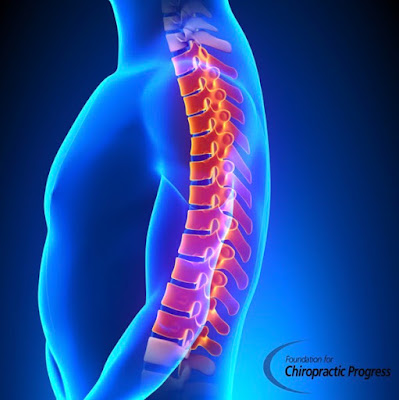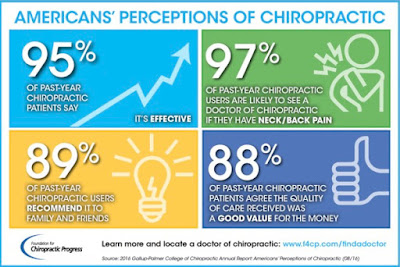Poor posture negatively
impacts the health and appearance of individuals – back and neck pain, poor
circulation, shallow breathing, fatigue, muscle tension, headaches, premature
aging of the spine and poor self-image.
Thoracic kyphosis is an increase
in the normal thoracic curvature of the spine. Postural kyphosis most commonly
presents due to a number of factors, such as:
- Sitting with slouched posture
- Texting
- Carrying heavy bags or
backpacks
- Watching television
- Breast development leading to
insecurity, which causes shoulder protraction
- Heavy manual work
- Fashion trends – wearing high
heels
Spinal manipulative therapy
increases joint mobility and has shown to improve muscle function, improve
movement and flexibility by decreasing hypertonicity or tightness in the
muscles and alter the tone of the muscle.
About the Study
Materials and Methods
Thirty
female participants between 20 and 39 years old were recruited for this study
because most cases of postural kyphosis occur in females. The women were broken
into three groups – Group 1 received
chiropractic spinal manipulative therapy to restricted thoracic spine segments;
Group 2 received chiropractic spinal
manipulative therapy to restricted thoracic spine segments as well as stretch
and strengthening exercises; Group 3
received stretch and strengthening exercises only.
Methodology
Group 1 received treatment
once a week for 6 weeks. Groups 2 and 3 received three treatments a week for
six weeks. Postural advice on how to sit and stand correctly was given to all
three groups.
Results
All three groups had a
significant improvement in their posture, however Group 2’s treatment protocol,
consisting of chiropractic spinal manipulative therapy to the thoracic spine in
combination with stretch and strengthening exercises, yield the best results.
Group 2 decreased the postural kyphosis or curvature of the spine.
Source:












